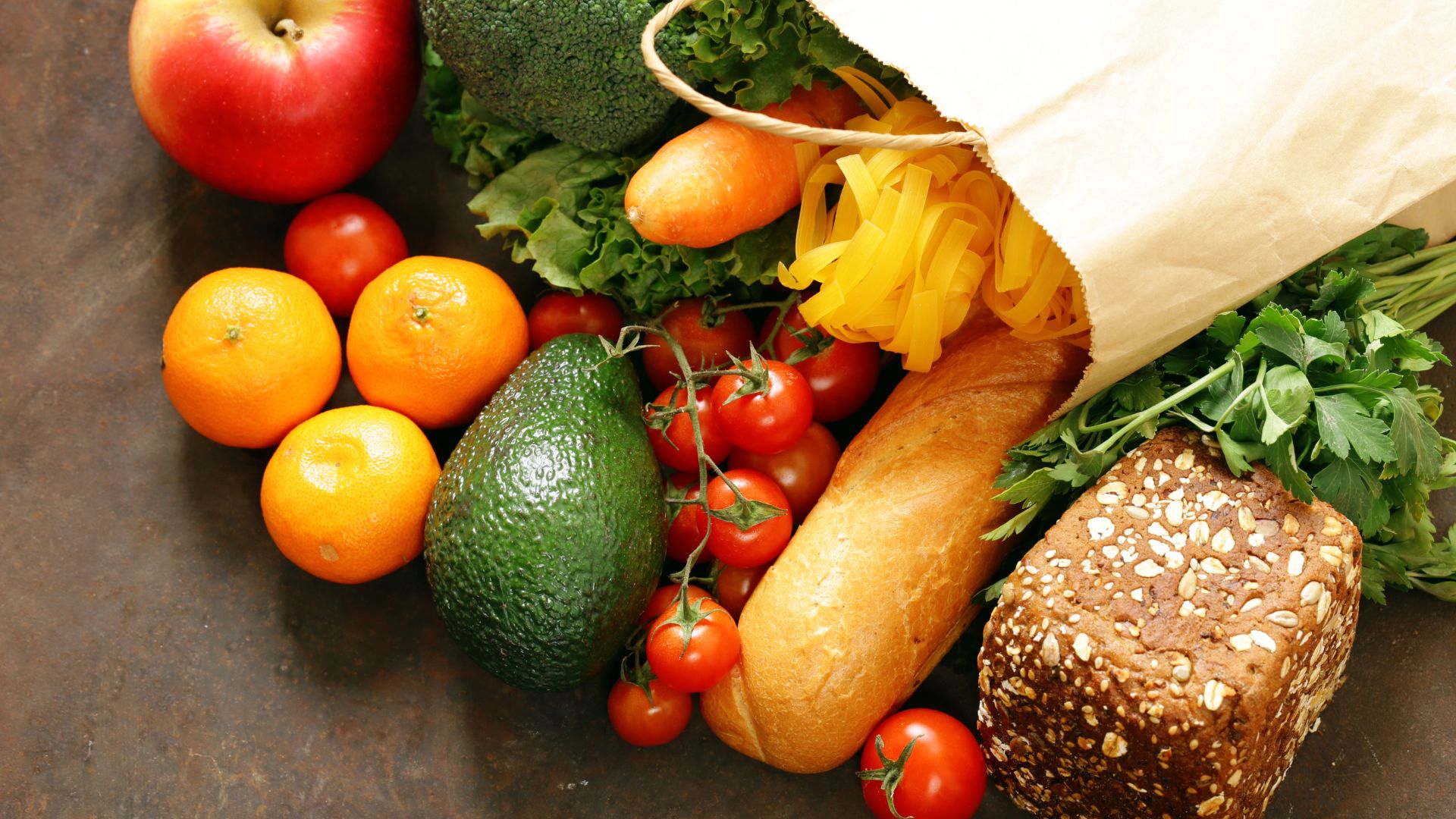Embarking on a journey to shed extra pounds involves more than just willpower—it requires strategic planning, especially when it comes to your grocery choices. Creating a well-rounded and nutritious grocery list is a cornerstone of successful weight loss efforts. This article aims to guide you through crafting a good grocery list tailored specifically to support your weight loss goals, ensuring you have the right foods at hand to nourish your body while promoting a healthier lifestyle.
Grocery List for Effective Weight Loss
1. Fresh Produce: The Foundation of Your Diet
Start your grocery list with a colorful array of fresh fruits and vegetables. These nutrient-packed foods are low in calories but rich in vitamins, minerals, and fiber, making them essential for weight loss success. Aim to include a variety of options to keep your meals interesting and nutritionally diverse:
- Leafy greens: Spinach, kale, arugula
- Colorful vegetables: Bell peppers, carrots, tomatoes, broccoli
- Berries: Blueberries, strawberries, raspberries
- Citrus fruits: Oranges, grapefruits, lemons
These fresh produce items can serve as the base for salads, stir-fries, smoothies, and snacks throughout your week.
2. Lean Proteins: Building Blocks for Muscle and Satiety
Proteins are crucial for maintaining muscle mass and promoting feelings of fullness, which can help curb overeating. Choose lean protein sources that are low in saturated fats and rich in essential amino acids:
- Skinless poultry: Chicken breast, turkey
- Fish: Salmon, trout, tilapia
- Lean cuts of meat: Beef tenderloin, pork loin
- Eggs: A versatile and protein-rich option
Incorporate these proteins into meals to provide sustained energy and support your body’s repair and maintenance processes.
3. Whole Grains: Fueling Your Body with Complex Carbohydrates
Contrary to popular belief, carbohydrates are not the enemy—they are vital for energy production and overall health. Opt for whole grains that are high in fiber and nutrients, promoting steady blood sugar levels and keeping you feeling satisfied:
- Quinoa
- Brown rice
- Whole wheat pasta
- Whole grain bread
These complex carbohydrates provide a steady release of energy and can be enjoyed in moderation as part of a balanced diet.
4. Healthy Fats: Nourishing Your Body and Mind
Include sources of healthy fats that contribute to heart health and satiety. These fats are dense in calories, so portion control is key, but they provide essential fatty acids and fat-soluble vitamins:
- Avocados
- Nuts: Almonds, walnuts, pistachios
- Seeds: Chia seeds, flaxseeds, pumpkin seeds
- Olive oil: Use for cooking or drizzling over salads
Incorporate these fats into meals sparingly to add flavor and promote a feeling of fullness.
5. Dairy and Dairy Alternatives: Calcium and Protein Sources
Dairy products and their alternatives can provide essential nutrients like calcium and protein. Opt for low-fat or non-fat options to keep calorie intake in check:
- Greek yogurt
- Skim milk
- Cheese: Choose lower-fat varieties like cottage cheese or mozzarella
- Plant-based milk: Almond milk, soy milk, oat milk (fortified with calcium)
These dairy options can be enjoyed as snacks, added to smoothies, or used in cooking and baking.
6. Healthy Snacks and Extras: Navigating Temptation
Even on a weight loss journey, occasional treats and snacks can fit into your plan. Choose wisely and opt for nutritious options that satisfy cravings without derailing your progress:
- Dark chocolate (70% cocoa or higher)
- Air-popped popcorn
- Fresh fruit
- Vegetable sticks with hummus
- Rice cakes with nut butter
Portion control is crucial when enjoying these snacks to maintain balance and stay within your calorie goals.
Conclusion: Setting Yourself Up for Success
Crafting a good grocery list for weight loss involves thoughtful planning and mindful choices. By prioritizing fresh produce, lean proteins, whole grains, healthy fats, and smart snacks, you provide your body with the nutrients it needs to thrive while supporting your weight loss goals. Remember, consistency and variety are key to sustaining healthy eating habits in the long term.
As you embark on your journey, use this guide to create a personalized grocery list that aligns with your preferences and dietary needs. With each shopping trip, you reinforce your commitment to a healthier lifestyle and pave the way for lasting weight loss success. Let your grocery list be your ally in achieving your wellness goals—your body will thank you for it.

